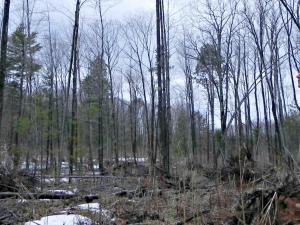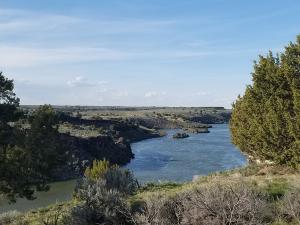Adaptation Workbook
The Adaptation Workbook walks land management professionals and land owners through a structured process to help them consider the potential effects of climate change on forests, urban forests, and agricultural lands. It helps users design management, stewardship, and conservation actions to prepare for changing conditions while meeting their goals. The process accommodates a wide variety of geographic locations, ownership types, ecosystems and land uses, management goals, and project sizes.
The Adaptation Workbook consists of five basic steps:
- Define goals and objectives.
- Assess climate impacts and vulnerabilities.
- Evaluate objectives considering climate impacts.
- Identify adaptation approaches and tactics for implementation.
- Monitor effectiveness of implemented actions.
Users are required to sign in. The Workbook also offers a seven-week training course that draws on a combination of webinars, discussions, and independent work time. Through the training, participants will develop (individually or in small groups) their own climate-informed adaptation project plan or proposal.




